Unlock the secrets of companion planting and harness the power of nature to promote healthier, more abundant crops in your garden. Companion planting is a time-honored gardening technique that involves strategically pairing compatible plants to maximize growth, deter pests, and improve overall plant health. In this comprehensive guide, we’ll delve into the principles of companion planting, explore popular plant combinations, and provide practical tips for implementing this ancient gardening practice to create a thriving and harmonious garden ecosystem.
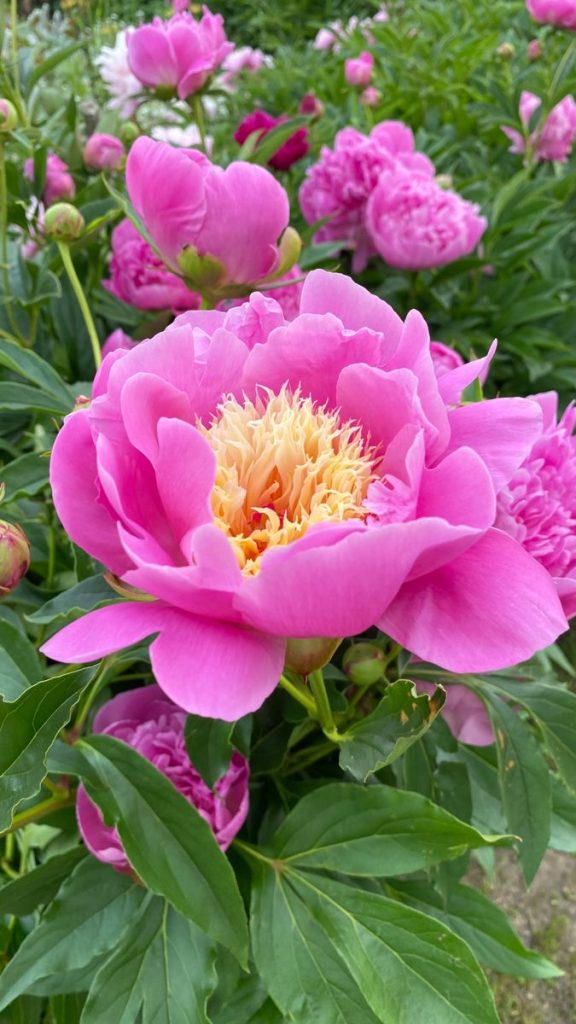
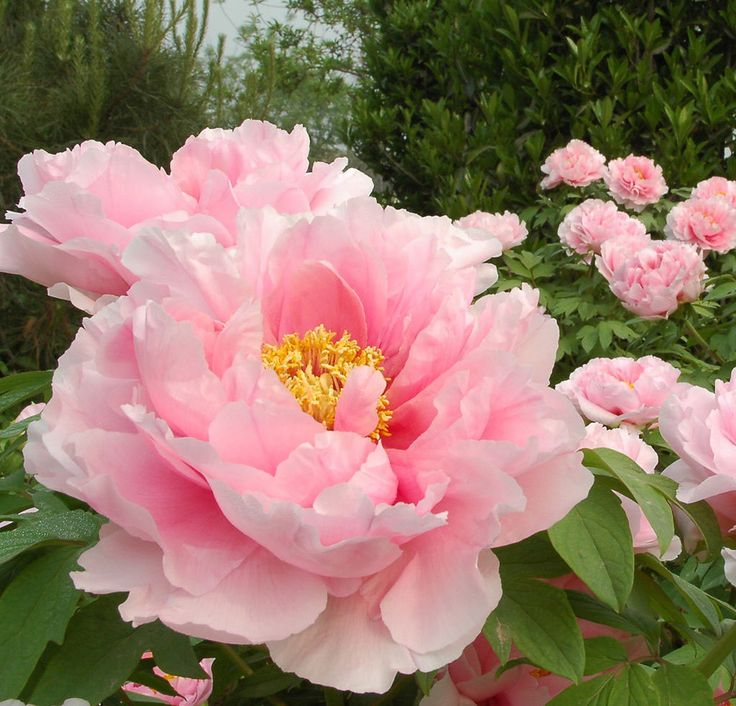
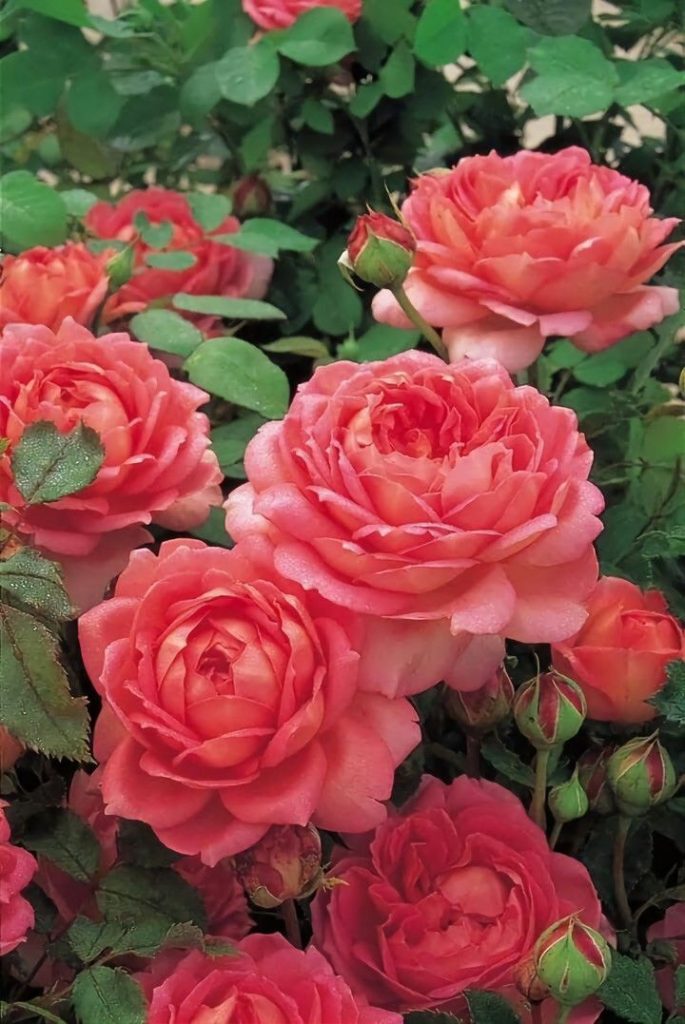

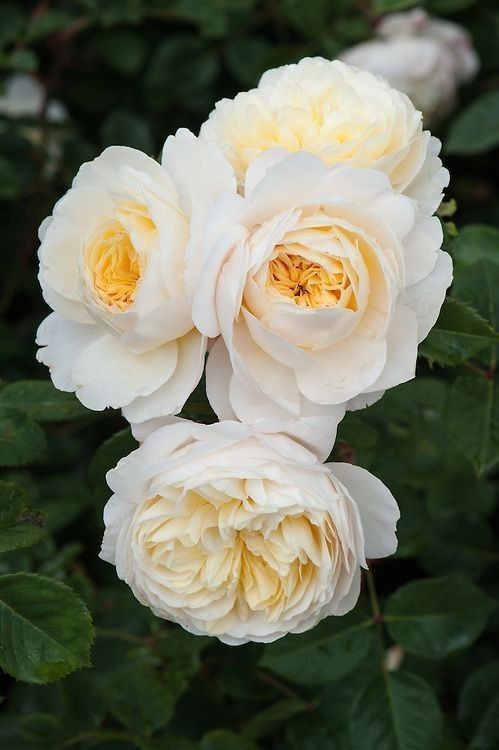
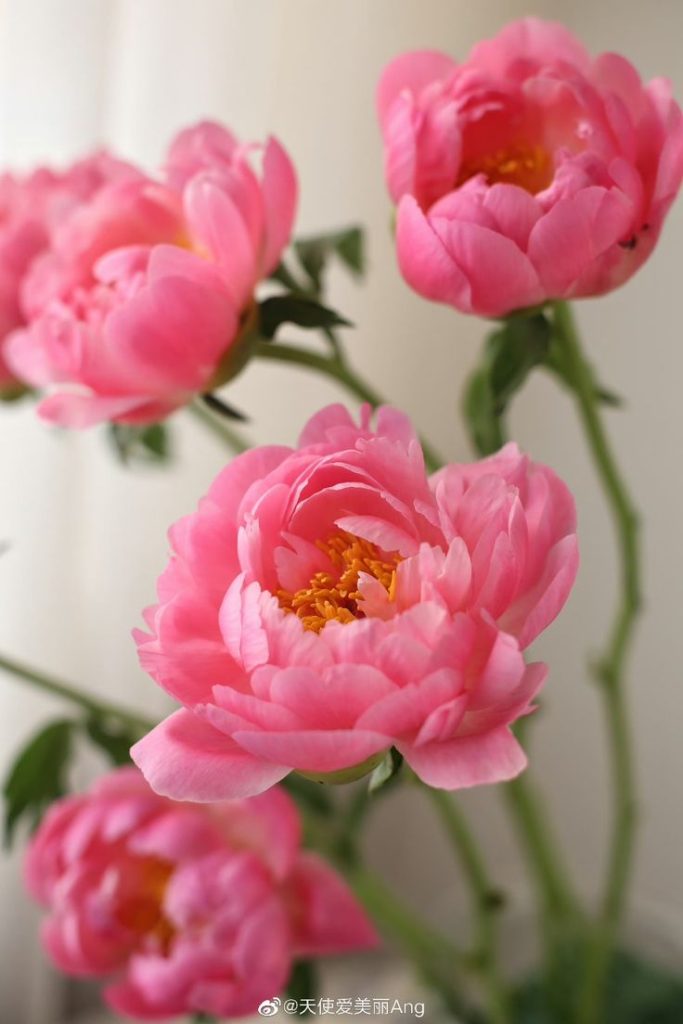

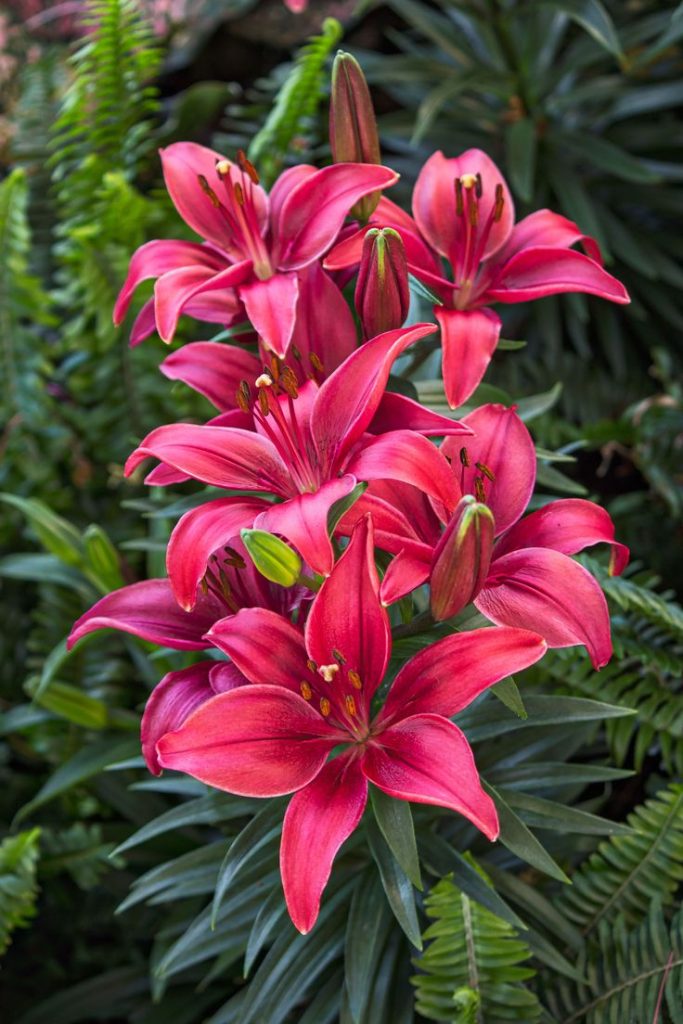

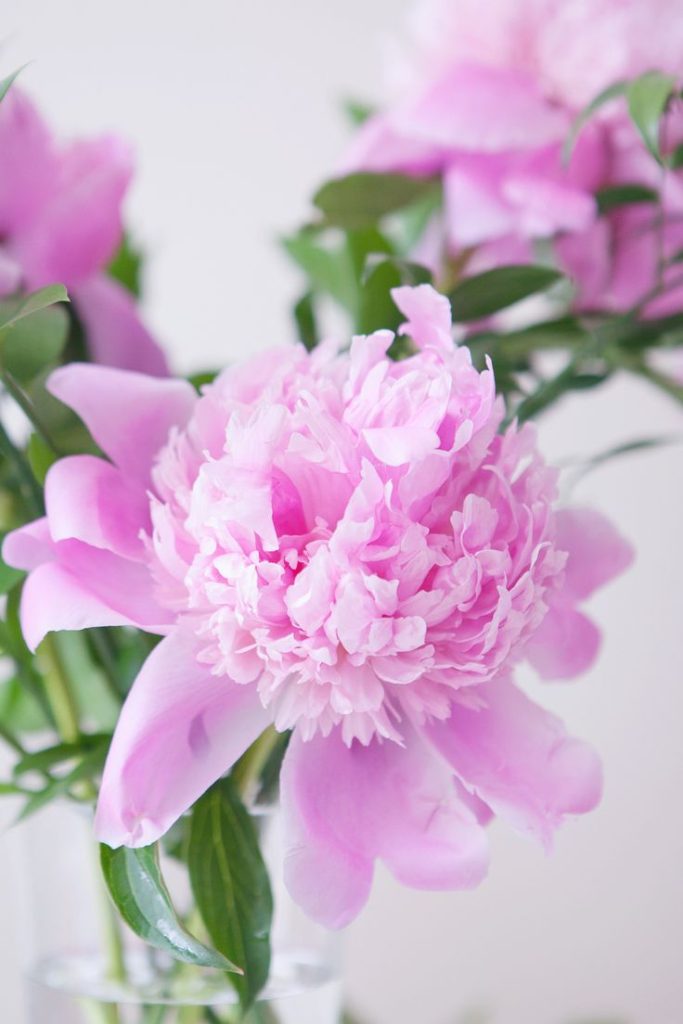


Understanding Companion Planting
- The Basics: Companion planting is based on the concept of symbiotic relationships between different plant species, where each plant provides unique benefits to its neighbors. These benefits may include pest deterrence, nutrient enhancement, weed suppression, and pollination support.
- Complementary Plant Characteristics: When selecting companion plants, consider factors such as growth habits, root structures, nutrient requirements, and pest vulnerabilities. By pairing plants with complementary characteristics, you can create mutually beneficial relationships that support optimal growth and productivity.
Popular Companion Plant Combinations
- Tomatoes and Basil: Planting basil alongside tomatoes not only enhances the flavor of tomatoes but also deters common tomato pests such as aphids, hornworms, and whiteflies. Basil’s aromatic foliage acts as a natural insect repellent, while also attracting beneficial pollinators to the garden.
- Beans and Corn: The combination of beans and corn, known as the “three sisters” in Native American gardening traditions, is a classic example of companion planting. Beans fix nitrogen in the soil, providing a natural fertilizer for corn, while corn stalks provide support for climbing bean vines.
Implementing Companion Planting Strategies
- Intercropping: Interplant compatible crops together in the same bed or row to maximize space and resources. For example, plant lettuce between rows of carrots to optimize space and minimize weed competition, or sow radishes alongside cucumbers to repel cucumber beetles.
- Trap Cropping: Use sacrificial plants to lure pests away from valuable crops. For instance, plant marigolds or nasturtiums near susceptible plants to attract aphids and other pests away from your vegetables, reducing pest damage and promoting plant health.
Observing and Adjusting
- Monitor Plant Interactions: Pay attention to how companion plants interact with each other and with neighboring crops. Observe plant growth, pest activity, and overall plant health to identify successful companion plant combinations and make adjustments as needed.
- Experiment and Adapt: Gardening is a dynamic process, so don’t be afraid to experiment with different companion plant combinations and adjust your planting schemes based on your observations and experiences. Every garden is unique, and what works well in one garden may not be as effective in another.
Conclusion
Companion planting offers a holistic and environmentally friendly approach to gardening that promotes biodiversity, minimizes pest damage, and enhances overall plant health. By strategically pairing compatible plants based on their complementary characteristics, you can create a harmonious garden ecosystem that thrives with minimal intervention. So roll up your sleeves, get creative with your plant combinations, and discover the joys of companion planting—it’s a rewarding journey that brings together the best of nature’s wisdom and your green thumb expertise.